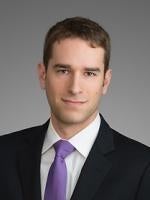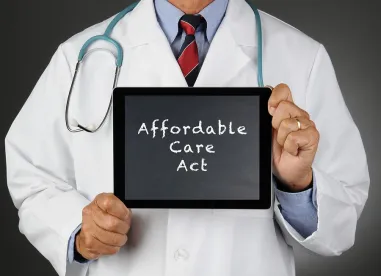Total U.S. spending on health care topped $3 trillion in 2014, as millions of individuals newly obtained insurance coverage under the Affordable Care Act (ACA).
As reported by Modern Healthcare, after years of remarkably slow growth following the 2008 recession, health care spending jumped 5.3% last year compared to 2013, according to an analysis by the Centers for Medicare and Medicaid Services (CMS). On average, the amount spent on each person was $9,523, an increase of 4.5% from 2013. Healthcare as a percentage of the nation’s gross domestic product also rose to 17.5% in 2014, up from 17.3% in the previous year.
Although the 5.3% annual growth rate was the highest since the recession, this figure was not shocking to many observers, and in fact was close to the 5.5% figure CMS had projected this past July. “Aggregate healthcare spending growth in 2014 had been widely predicted by economists, and it is not surprising given that more people are covered and getting the healthcare they need,” Richard Frank, assistant secretary for planning and evaluation at the Department of Health and Human Services, said in a statement.
Indeed, according to CMS’s analysis, the main driver of last year’s increase in health care spending was the expansion of insurance coverage, along with the subsidies and administrative costs connected to the expansion. In 2014, 2.2 million people gained coverage through private insurance, and another 7.7 million people obtained coverage through Medicaid, most of whom previously lacked access to coverage prior to the coverage expansion under the ACA.
Beyond the coverage expansion, another major factor spurring health care spending was prescription drug spending. Although prescription drugs constitute about 10% of health care spending overall, prescription drug spending grew by more than 12% last year to nearly $300 billion overall. That increase represents the largest annual growth rate in more than 10 years. According to CMS, a sizable chunk of that growth can be attributed to new high-priced hepatitis C drugs, along with price increases on brand name drugs and a reduction in savings on drugs whose patents expired.
Although many health care economists predicted an uptick in health care spending in 2014, the big question facing the health care industry is whether it will continue to see significant spending surges in the coming years. “I think the drug spending bump is most concerning because there could be a lot more specialty drugs in the pipeline that will bump spending even more in the future,” Paul Ginsberg, a health economist at the University of Southern California, told Modern Healthcare. It also remains unclear from CMS’s report whether providers are removing enough wasteful processes in delivering care, and whether the shift to value-based payment systems can indeed lower healthcare expenses nationwide. The federal government aims to shift a large portion of Medicare spending to accountable care and other new payment models by 2018, but Ginsberg noted to Modern Healthcare that it could take many years before policy experts have an decent understanding of the efficacy of those models.
Still, some have taken an optimistic view of CMS’s report. According to Frank, “(f)aster growth in aggregate spending due to rising coverage will be temporary and will fade in the coming years,” pointing out that while overall growth in health care spending rose, increases in spending per-enrollee for both Medicare and private insurance were less than half the rate of increase in the years prior to the passage of the ACA.
With respect to spending numbers this year, it does not appear that growth in health care spending is slowing down compared to 2014. According to a report conducted by Altarum Institute Center for Sustainable Health Spending, the health care spending growth rate was 6.7% and 6.1% in the first two quarters of 2015 respectively, and 5.8% in the first two months of the third quarter.



 />i
/>i